$69.97 Original price was: $69.97.$48.98Current price is: $48.98.
SKU: D2LSC 4165404124 Categories: JUNIPERS & CONIFERS, PLANTS & TREES
- Safe Transactions, Always
- Effortless Shopping, Quality Products
- Safe Payments, the Smart Choice
- Easy, Fast Returns Guarantee

Weeping White Spruce
Picea glauca ‘Pendula‘
Plant Details
USDA Plant Hardiness Zones: 2a-8b Find Your Zone
Plant Type: Coniferous Evergreen Tree
Height at Maturity: 20-30′
Width at Maturity: 4-6′ at base
Spacing: Best as specimen or in spaced groupings at 8′ or more apart
Growth Habit / Form: Upright, Narrow, Pyramidal, Columnar, Cascading, Weeping
Growth Rate: Slow to Moderate; 6-12″ per year
Foliage Color: Gray Green
Fragrant Foliage: Yes
Sun Needs: Full Sun or Mostly Sun in cool climates, Afternoon Filtered Sun is appreciated in the hot southern zones
Water Needs: Average to Low when established
Soil Type: Clay (amend heavy clay to ensure good drainage), Loam, Sand (amend quick draining soil for moisture retention), Silt
Soil Drainage: Moist But Well Drained
Soil pH: 6.0 – 7.5
Maintenance / Care: Low
Attracts: Visual Attention
Resistances: Deer, Disease, Drought (moderate when established), Insect
Description
If there ever was a coniferous evergreen that is sure to put a towering exclamation point on a landscape, it’s the Weeping White Spruce, Picea glauca ‘Pendula’. This tall and narrow weeping beauty has stiffly held, weeping branches and light gray-green foliage. The original tree was propagated by D. Hill Nursery from a specimen in a native stand near Guelph, Ontario. Thanks to Jean Iseli, who reintroduced this elegant Weeping White Spruce in 1982, it was not lost to cultivation. Adding 6 to 12 inches in height per year, you can expect a tree 20 feet tall or more at maturity. An exceptionally attractive specimen in rock or conifer gardens, home foundation plantings, or anywhere in the sunny landscape you want an outstanding focal point.
Landscape & Garden Uses
The Weeping White Spruce can grow 20 to 30 feet tall and 4 to 6 feet wide at its base. It is an outstanding focal point specimen. A fine addition to conifer gardens, rock gardens and Asian theme gardens.
Growing Preferences
Weeping White Spruce is easy to grow in a damp to moist but well-drained soil of average fertility. As with so many other conifers, constantly soggy or wet soils can be problematic, leading to root rot or other harmful plant diseases. So make sure to plant this one in well-drained soil, whether in the ground or in pots. It prefers full to mostly sun. We suggest at least 6 hours of direct sunlight per day.
Note: Find helpful advice from our experts under the Planting & Care tab above on desktop monitors or below on mobile devices.
Plant Long & Prosper!
Meet The Wilson Brothers & Staff
Questions? Contact Us!
Be the first to review “Weeping White Spruce (Picea Glauca ‘Pendula’) – 1 Gallon Pot” Cancel reply
Related products
Sale!
FRAGRANT PLANTS
Sale!
CRAPE MYRTLES
Sale!
JAPANESE MAPLE TREES
Sale!
PLANTS & TREES
Sale!
CRAPE MYRTLES
Sale!
PLANTS & TREES
Sale!
PLANTS & TREES
Sale!
PLANTS & TREES
Winecraft Black Smokebush – Cotinus Coggygria – 5 Gallon Pot


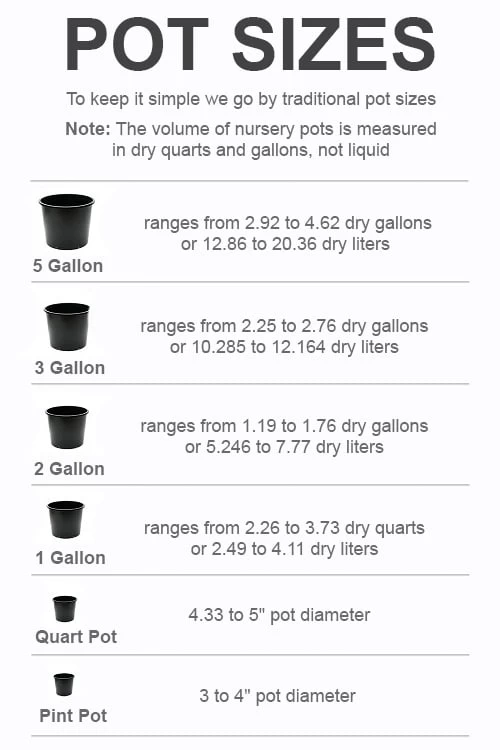






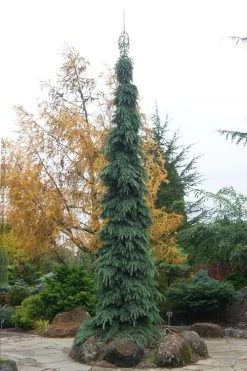







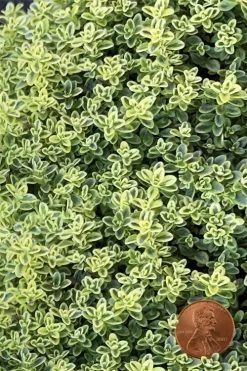

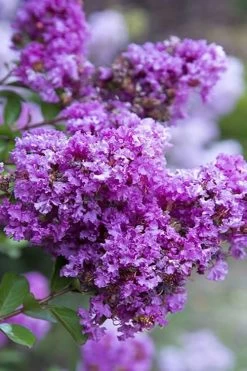


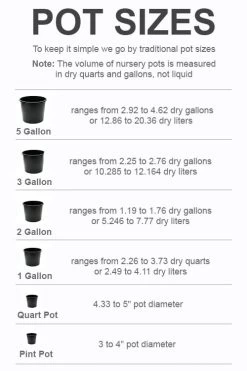

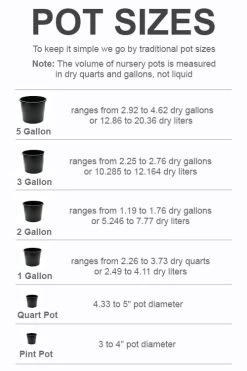
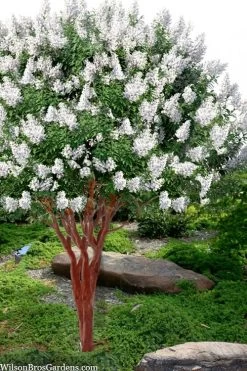
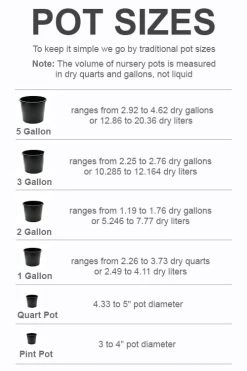
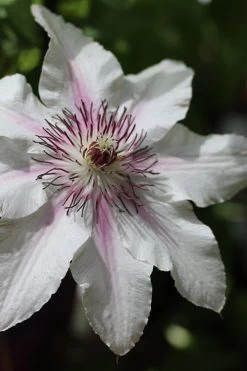
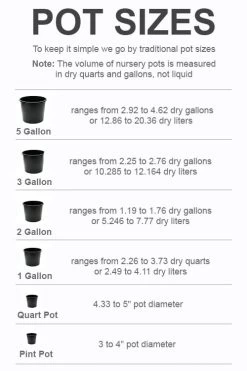
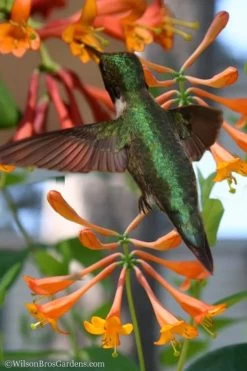

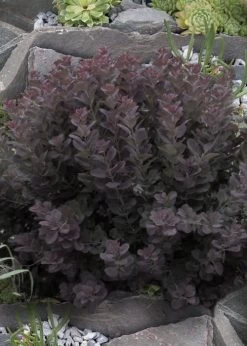
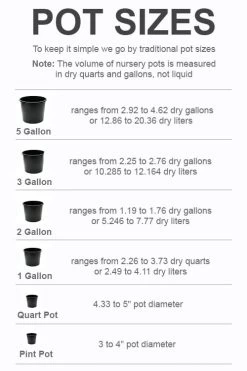
Reviews
There are no reviews yet.